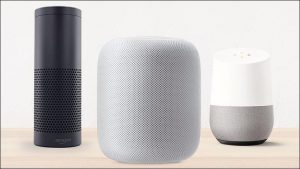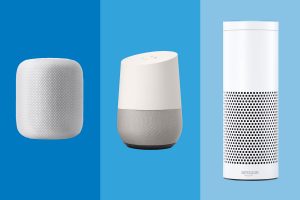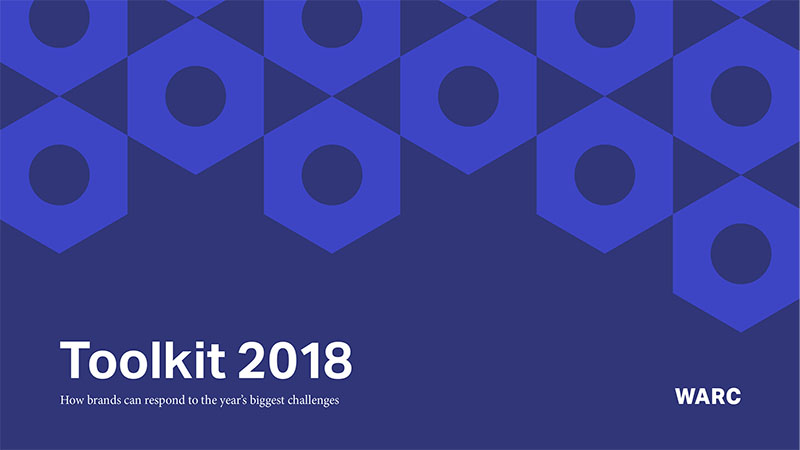 Voice-enabled technology, from smart speakers to virtual assistants, is opening an entirely new interface through which brands and consumers will engage and communicate in 2018, according to WARC, the global marketing intelligence service, following a survey with more than 600 marketing and advertising professionals around the world for its Toolkit 2018 report.
Voice-enabled technology, from smart speakers to virtual assistants, is opening an entirely new interface through which brands and consumers will engage and communicate in 2018, according to WARC, the global marketing intelligence service, following a survey with more than 600 marketing and advertising professionals around the world for its Toolkit 2018 report.
Voice is swiftly becoming a crowded space, as manufacturers and technology companies vie for consumers’ attention. Google recently launched its own smart speaker, called Home, and Apple has released its own product, HomePod. In Asia, meanwhile, China’s Baidu is winning market share with its Little Fish device.
For now, usage of voice technology is largely restricted to ‘private’ spaces such as the home and in cars, with many consumers too self-conscious to address AI assistants in public. However, the development of technology, such as smart earbuds incorporating microphones, may change consumer attitudes.
 Take-up of voice is likely to be faster in Asia than Western markets, such as in China, where typing on smartphones is an onerous task due to the multitude of characters in the language.
Take-up of voice is likely to be faster in Asia than Western markets, such as in China, where typing on smartphones is an onerous task due to the multitude of characters in the language.
Ida Siow, head of planning, South-East Asia, J. Walter Thompson, says: “In China, which is the biggest market with the most sophisticated use of voice and devices, you have close to 30% of smartphone users using voice tech at least once a week. Based on our [‘Speak Easy’] survey, we also see much higher numbers of people in Asia than the global average, saying they look forward to voice assistants anticipating their needs, being more human, and co-ordinating their lives. So I think there is an appetite for voice technology to make life better, simpler, more fruitful and easier for Chinese consumers.”
David Tiltman, head of content, WARC, comments: “Penetration of voice-enabled devices is rising rapidly, creating potential new opportunities for consumers to search, engage and purchase. The Toolkit survey shows that a lot of brands will start experimenting with voice this year – for example, by developing their audio brand characteristics.”
 Simon Gosling, futurist, Unruly, concludes: “The way we word something vocally and the way we type the same phrase is significantly different. It raises the threat of ‘brand bypass’, where brands become anonymised in generic category purchases and enquiries.”
Simon Gosling, futurist, Unruly, concludes: “The way we word something vocally and the way we type the same phrase is significantly different. It raises the threat of ‘brand bypass’, where brands become anonymised in generic category purchases and enquiries.”
Other key findings from WARC’s Toolkit survey show that:
- 56% of brands and 50% of agencies cite the potential of AI to their business over the coming 12 months.
- 52% of agencies compared to 46% of brands and are excited about the possibilities offered by chatbots and messenger apps
- 17% of brands have audio guidelines versus 86% who have visual ones
Voice-enabled technology is one of five key brand challenges for the year ahead, together with digital transparency, customer experience, data management and redefining purpose, outlined in Toolkit 2018, which also includes a guide to best practice, potential pitfalls and video interviews with industry leaders to help overcome the issues.

Source: WARC

You must be logged in to post a comment Login